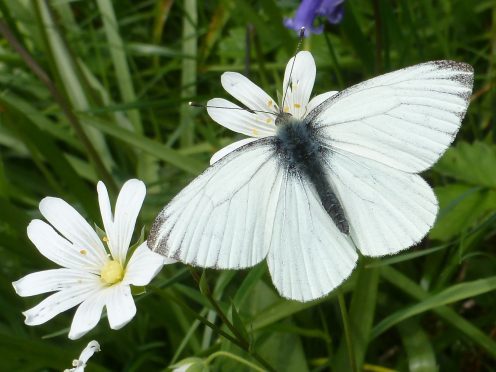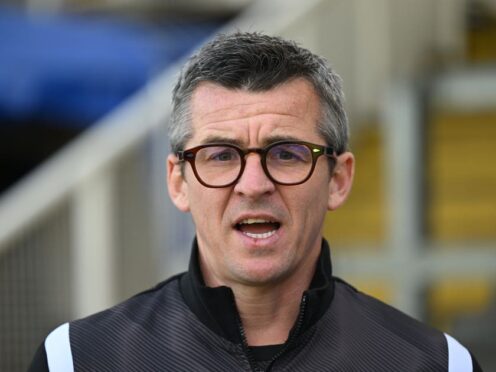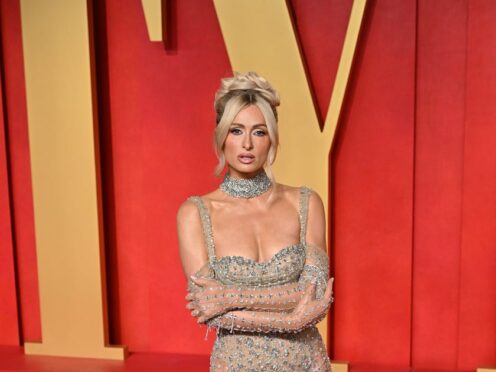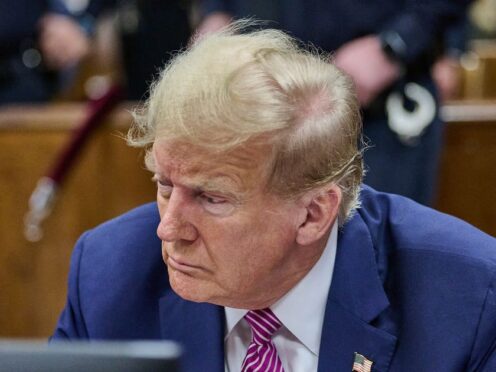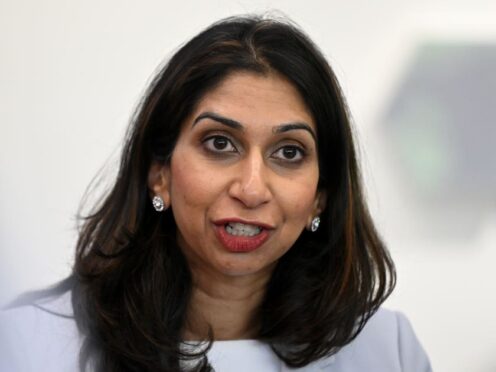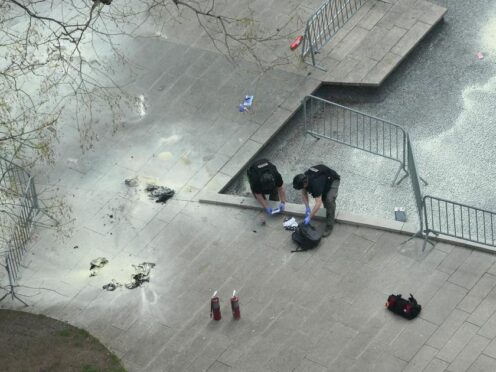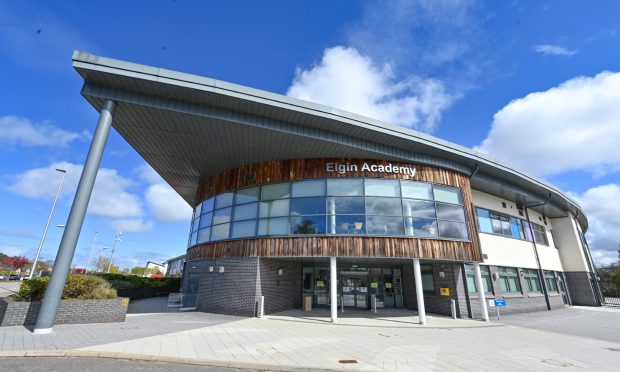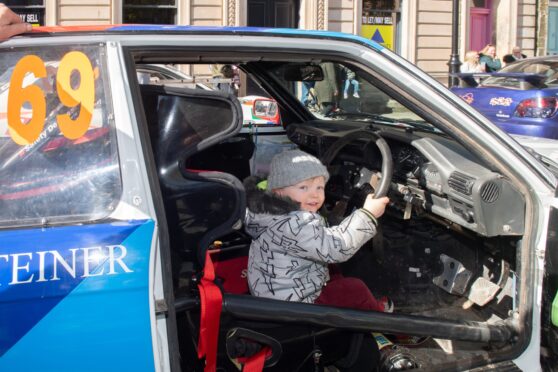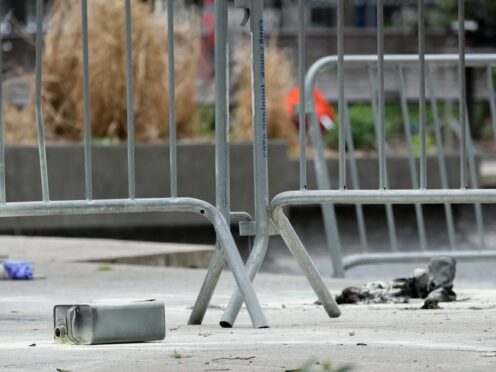They are one of the most cherished sights of a summer landscape.
But they are also fragile and the number of butterflies in Scotland rose only marginally during the past year – despite advantageous weather conditions.
Every year, 36,000 people across the UK take part in the Big Butterfly Count over a three-week period to track how the species is faring and how best to protect them.
The white butterfly bucked the trend in Scotland with numbers rising dramatically by 452%, compared with 2015.
But several other common species, such as the Ringlet, Meadow Brown, Small Tortoiseshell and Red Admiral decreased.
The average participant in the count across Scotland managed to find just eight butterflies which was down from the 19 spotted in 2013.
Richard Fox, the head of recording at Butterfly Conservation, described the phenomenon as a concern.
He said: “The drop in butterfly numbers this summer has been a shock and it is a bit of a mystery.
“When we have cold, wet summers, as in 2012, we expect butterfly populations to plummet, but that can’t have been the case this year.
“The summer months were warmer than usual, yet most Big Butterfly Count participants saw fewer butterflies.
“Perhaps the very mild winter had a negative effect, or the cold spring, or perhaps the impacts of intensive farming and pesticides are really hitting these common species now.
He added: “The importance of Big Butterfly Count is that it takes place every year over a long period, and the longer it goes on, the more we can learn about the causes that are driving the declines and in some cases, increases of our butterfly species.
“We are really grateful to the many thousands of people across the UK who do their bit to help butterflies by taking part in the Big Butterfly Count each summer.”
The count is sponsored by John Lewis and Waitrose and Tor Harris, head of sustainability at the latter company, said: “This is a great initiative that encourages people throughout the UK to play a key role in providing a better understanding of the butterfly population and the wider environment.”
Stephen Cawley, head of sustainability at John Lewis, added: “It’s projects, such as this nationwide study which help future generations learn about science in an exciting way.
“And, at the same time, they are undertaking valuable research into what’s happening to our environment.”
